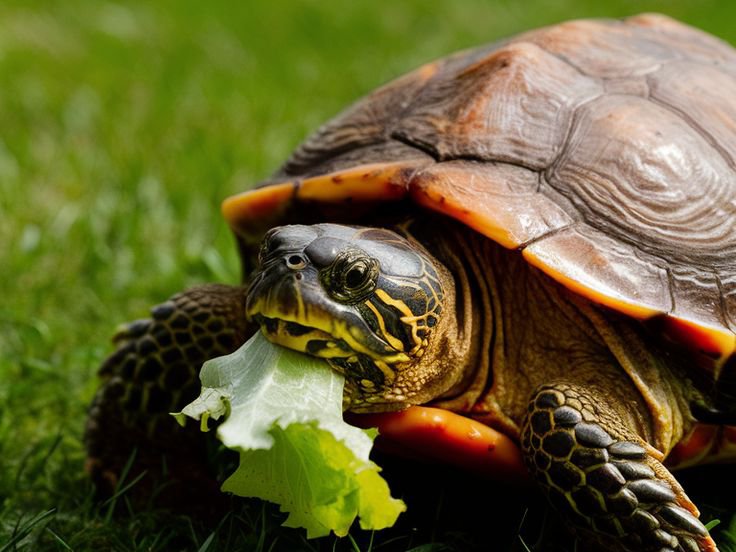Turtles are fascinating creatures with diverse diets depending on their species, environment, and age. Whether you’re a new pet owner or curious about wild turtles, understanding what turtles eat is essential for their health and longevity. This complete guide breaks down turtle diets by type — including aquatic, semi-aquatic, and land-dwelling species — so you can provide the best care possible.
Why a Turtle’s Diet Matters
Feeding your turtle properly goes beyond just keeping them full. A balanced turtle diet supports shell health, boosts the immune system, prevents metabolic bone disease, and promotes long-term wellness. The wrong food or feeding habits can lead to serious health issues or a shortened lifespan.
What Do Pet Turtles Eat?
Aquatic Turtles (e.g., Red-Eared Sliders, Painted Turtles)
Aquatic turtles are omnivores, eating both plant and animal-based foods. Their diet should include:
Aquatic turtle pellets – Specially formulated for balanced nutrition
Insects and protein sources – Earthworms, crickets, feeder fish, or cooked chicken (occasionally)
Leafy greens – Romaine lettuce, dandelion greens, and collard greens
Land Turtles and Tortoises (e.g., Russian Tortoises, Sulcata Tortoises)
Most land turtles and tortoises are herbivores, and their diets should be high in fiber and low in protein:
Grasses and weeds – Timothy hay, dandelions, and clover
Vegetables – Collard greens, endive, and bell peppers
Occasional fruit – Papaya, mango, or banana (as a treat)
Tortoises should not eat high-protein food or sugary fruit in large amounts, which can lead to shell deformities and digestive issues.
Final Thoughts
So, what do turtles eat? The answer depends on the species, but all turtles thrive on a diet rich in natural, varied, and species-appropriate foods. By understanding your turtle’s nutritional needs and feeding them responsibly, you can ensure they live a long, healthy life — whether in water or on land.
Learn More
Explore more species-specific turtle care at petniq.com or consult a veterinarian who specializes in reptiles for personalized advice.
